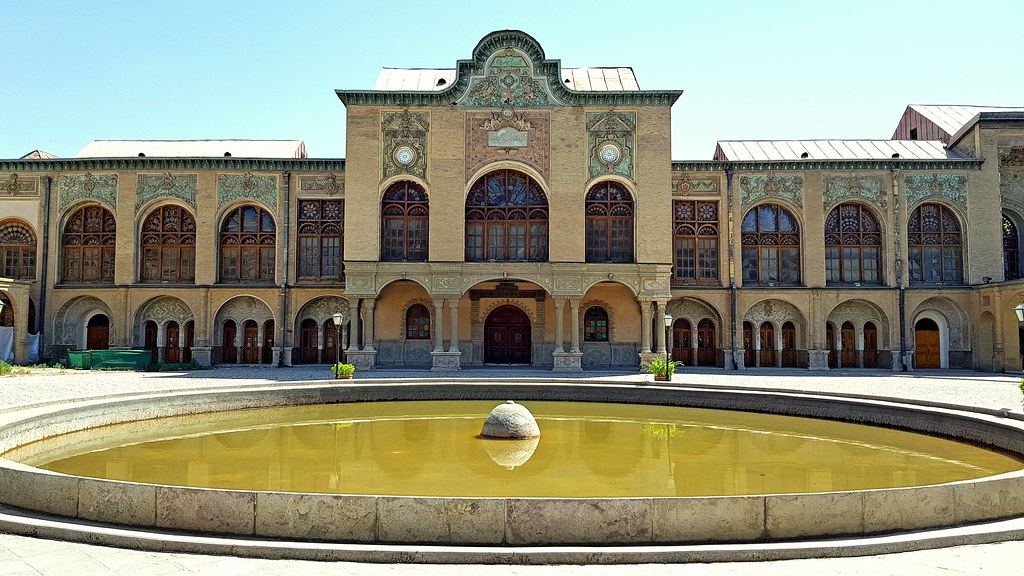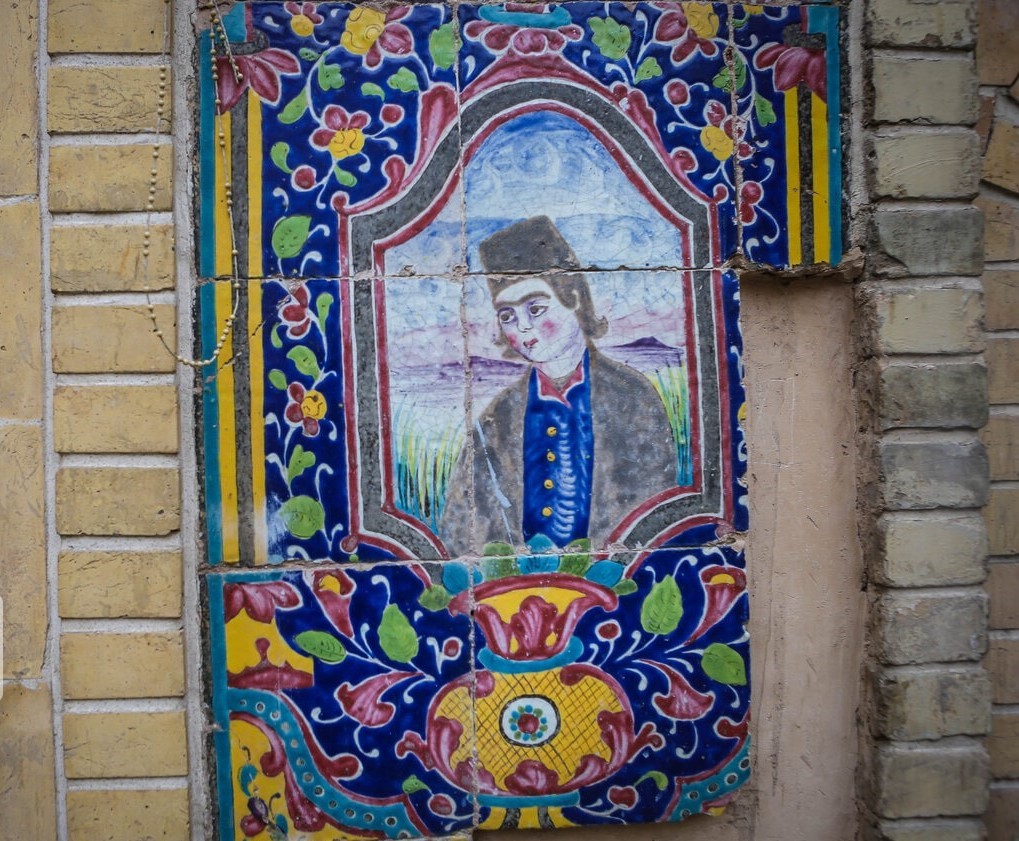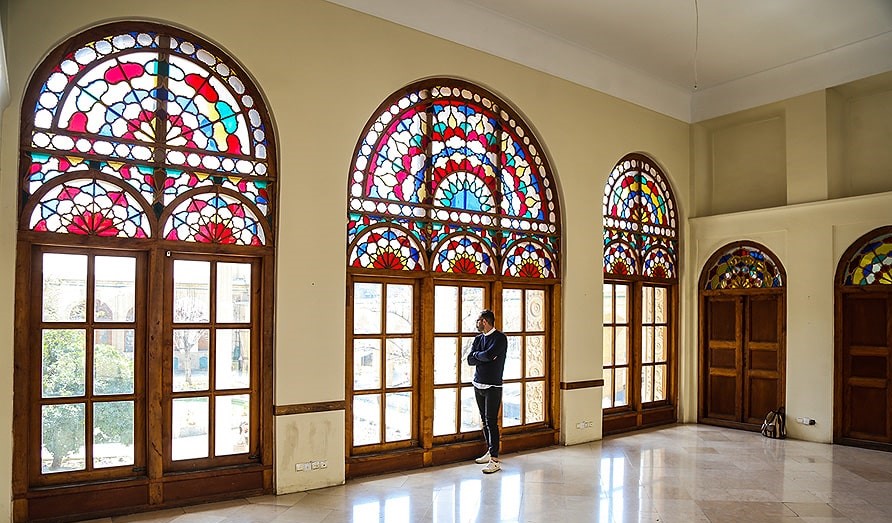Introduction to Masoudieh Mansion
Masoudieh Mansion is one of the historical monuments left over from the Qajar period in Tehran. The villa has played a significant role in historical events and has witnessed many occasions. The mansion is very valuable in terms of architecture and shows the art and verve of Iranian architects.
Masoudiyeh Palace is not only a place with unique architecture but also a cultural spot despite the buildings it has inside. The first cultural building of Iran called “The National Library and Museum” has built in the place. Also, one of the rooms in the mansion is a place for storing valuables and ancient antiques, which have been collected from all over Iran, so we can say that the Masoudieh mansion was the first museum in Iran.

History of Masoudieh mansion
The garden of the Masoudieh mansion belongs to one of the sons of Nasser al-Din Shah named Masoud Mirza, nicknamed Zell al-Sultan, who ruled Isfahan during the Qajar period. While he was known as the destroyer of historical monuments, he ordered to build the mansion in the most attractive way possible. The villa inherited the name from its owner, as its name suggests, and is known as the Masoudieh Mansion.
Masoudiyeh palace was built in 1878 A.D by the artistic architect Master Shaban Memarbashi. The Constitutional Revolution is one of the historical events that the house has witnessed. And due to the location was near Baharestan Square, and the dispute between the Zell al-Sultan and his brother Mozafar al-Din Shah caused the mansion to become a place for constitutionalists.
Other incidents that the mansion has witnessed include the explosion of an improvised explosive device under the carriage of Mohammad Ali Shah near the Masoudiyeh mansion, which caused him to bombard the Majlis of Iran so that in the incident, Masoudieh Palace and Zahir al-Dowleh house were severely damaged. The palace has also used as a cadet college between 1943 and 1962 A.D.

The architecture of the Masoudieh mansion
After passing the entrance of this mansion, which shows the glory and grandeur of the building, we enter the porch space, which is the most significant part of the Iranian house and architecture. Upon arrival, you will see a large and magnificent palace with a rectangular pond surrounded by lush trees, reflecting the stunning image of the mansion, which is adorned with tall columns, stained glass windows, and artistic stucco to create a spectacular view of its visitors. A variety of art can be seen in the mansion, including tiling, plastering, murals, and calligraphy.
Masoudiyeh Mansion consists of two parts, the exterior (Biruni) or the courthouse and the interior (Andaruni). Today nothing is left of the interior courtyard of the palace, but seven mansions are standing on the outer part of the building to make up for the lack of the interior.
These mansions are located in different courtyards, including the courthouse (Divan Khaneh), Seyyed Javadi courtyard and building, the table house (Sofreh Khaneh), the courthouse garden, the backyard building, Moshiri courtyard, the Moshir al-Dowleh building, and the Carriage building, which connected by courtyards.
The backyard building and the courthouse garden of the mansion are the main parts of the Masoudieh palace, and there are also new buildings in them. One of the features is the existence of seven inscriptions that have added to the credibility of the building, two inscriptions on the main entry, one on the carriageway entrance, two inscriptions on the courthouse mansion, and two on the Moshiri mansion.

Keywords: Masoudieh Mansion, The garden of the Masoudieh mansion, the main parts of the Masoudieh mansion, Masoudiyeh Palace, Masoudiyeh edifice.

